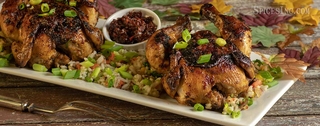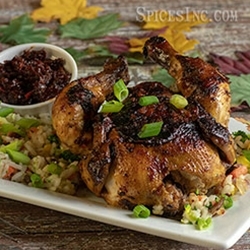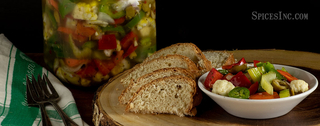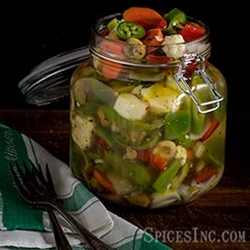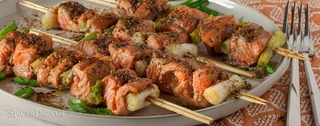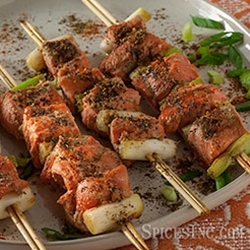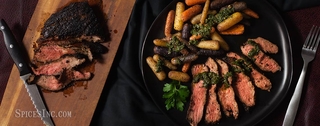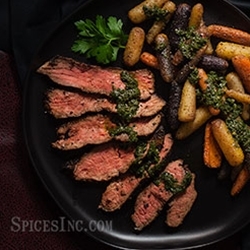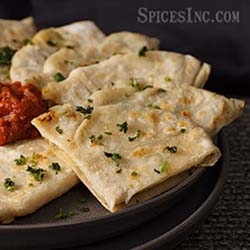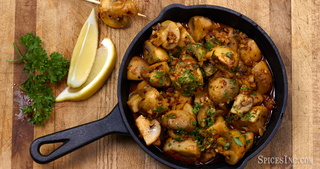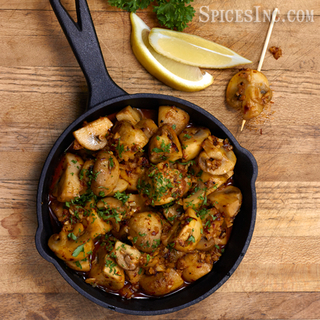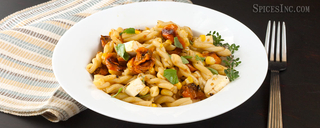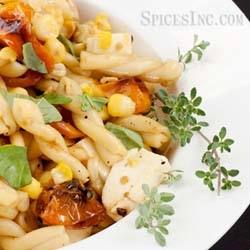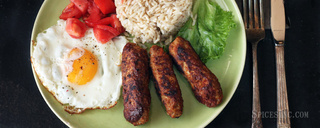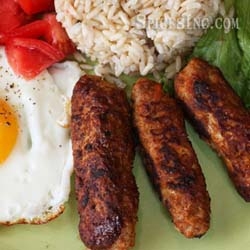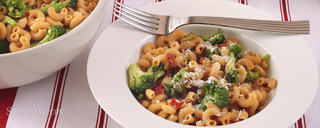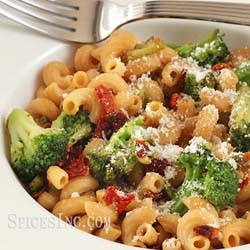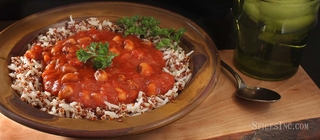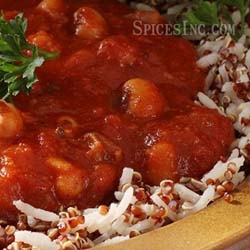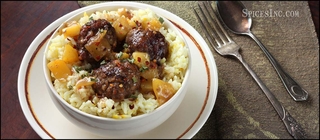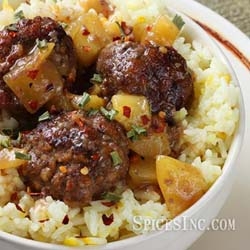Crushed Red Pepper Flakes
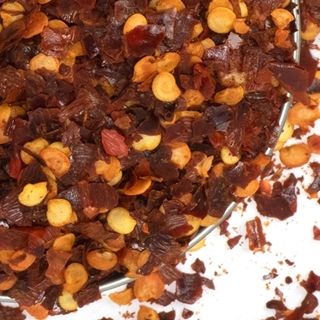
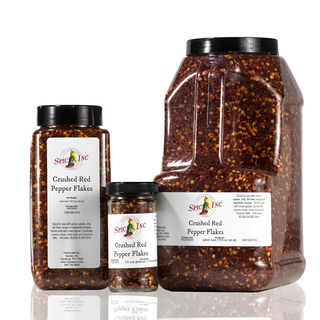


Crushed Red Pepper Flakes
Red Pepper Flakes, Capsicum annuum are hot, measuring 32,000 – 48,000 SHU (Scoville Heat Units). They are also called crushed red pepper flakes, hot pepper flakes, or red pepper chili flakes.
According to food historians, the use of Red Pepper Flakes on pizza and pasta can be traced to southern Italy, where the people of that region enjoyed adding a bit of spicy heat to their dishes. Immigrants from that region brought their traditions and spicy peppers with them when they emigrated to the US, and this tradition continues today.
Our Red Pepper Flakes are the skins and seeds of a mix of peppers that meet the proper heat requirement. They add bursts of heat to whatever they are added to and are often sought after by seasonings companies, craft hot sauce manufacturers, and olive oil shops.
Flavor Profile
Red Pepper Flakes are primarily used for heat and add sharp, biting flavor.
Heat Level
These Red Pepper Flakes are hot, measuring 32,000 – 48,000 SHU (Scoville Heat Units).
How to Use
While most of us in this country associate Red Pepper Flakes with Italian food, they can give a nice zing to various cuisines and are an essential ingredient for many African, Chinese, and Mexican dishes.
These are ideal when you want to perk up chili, chowders, pizza, or pickling, so make a batch of Garlic and Herb Roasted Tomato Pasta. They add a bit of heat to the Filipino dish Spicy Chicken Longganisa and are perfectly at home in the African-inspired Red Red Stewed Peas. Shake some into your next tofu stir-fry. Brassicas like broccoli, cauliflower, and kale roast beautifully when tossed with Red Pepper Flakes.
When cooking with Crushed Red Pepper Flakes, add them at the beginning of the cooking time if you want a mellower heat that will permeate the entire dish. Add them at the end if you want the heat of the peppers to come in sharper bites.
Red Pepper Flakes work well with most spices, lemon juice, lime juice, and coconut milk. Because they're typically a nightshade family member, they pair very well with potatoes and tomatoes.
Substitutions and Conversions
If you're looking for a substitute in a recipe for red pepper flakes, you can use ½ teaspoon of cayenne powder per ¾ teaspoon of Red Pepper Flakes. Or, you can use one small red chile pepper per teaspoon of Red Pepper Flakes.
| Also Called | Red pepper flakes, hot pepper flakes, or red pepper chili flakes. |
| Recommended Uses | Chili, chowders, pizza, pickling, salads, sausage, sandwiches, soups, sauces, stir-fries, or vegetable recipes |
| Flavor Profile | Primarily used for heat; they add sharp, biting flavor |
| Scoville Heat Units | 32,000 - 48,000 SHU |
| Species | Capsicum annuum |
| Cuisine | Italian, African, Chinese, and Mexican |
| How To Store | Airtight container in a cool, dark place |
| Shelf Life | 1-2 Years |
| Country of Origin | India |
Nutrition Facts
Serving Size1 tsp
Amount Per Serving
Calories6
% Daily Value*
Total Fat0g1%
Saturated Fat0g0%
Trans Fat0g
Polyunsaturated Fat0g
Monounsaturated Fat0g
Cholesterol0mg0%
Sodium0.6mg0%
Total Carbohydrate1.1g0%
Dietary Fiber0.5g2%
Total Sugars0.2g
Added Sugars0g0%
Sugar Alcohol0.0g
Protein0.2g0%
Vitamin D0mcg0%
Calcium3mg0%
Iron0mg1%
Potassium38mg1%
*The % Daily Value (DV) tells you how much a nutrient in a serving of food contributes to a daily diet. 2,000 calories a day is used for general nutrition advice. These values were calculated and therefore are approximate. For more accuracy, testing is advised.

